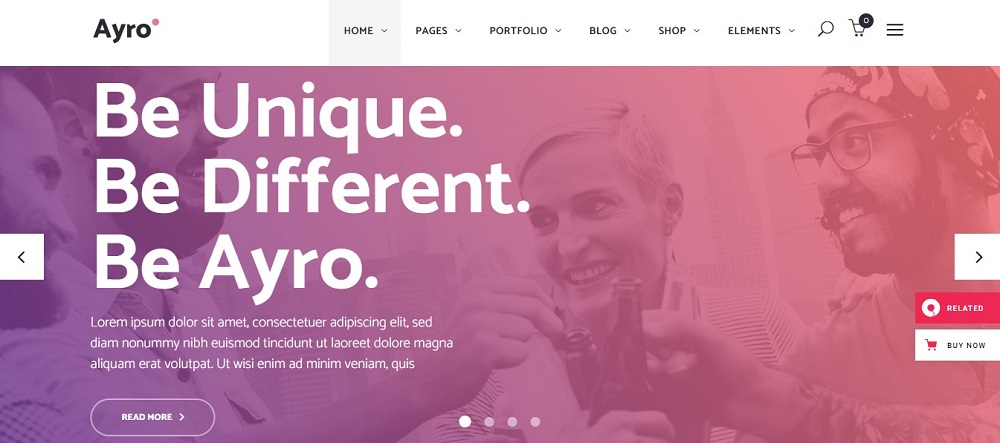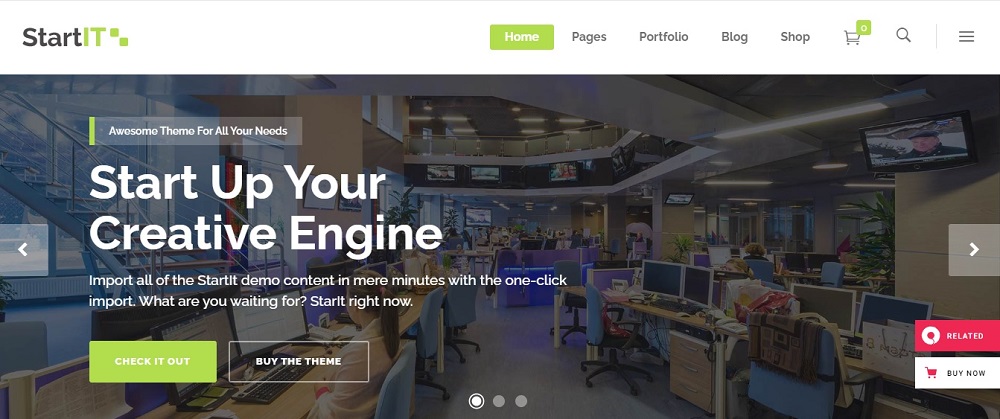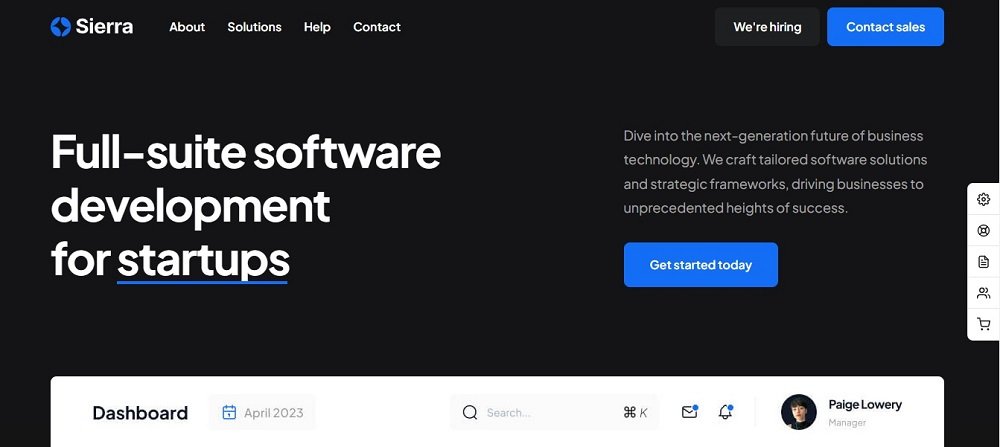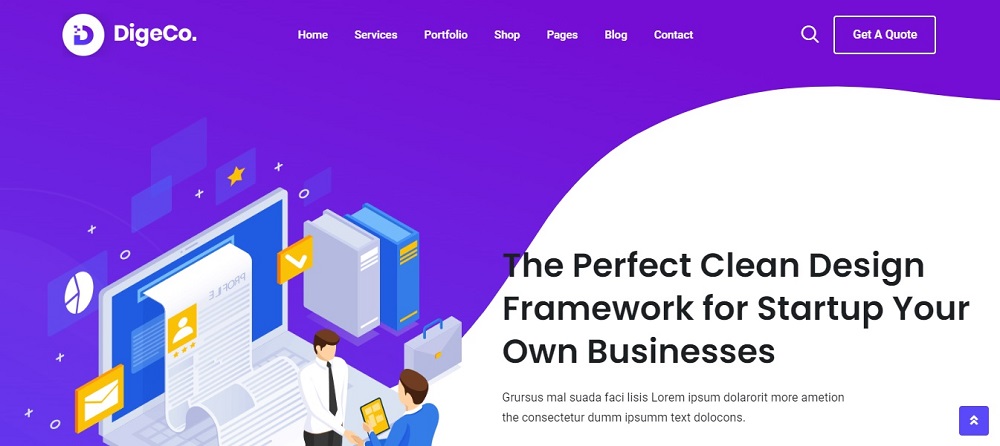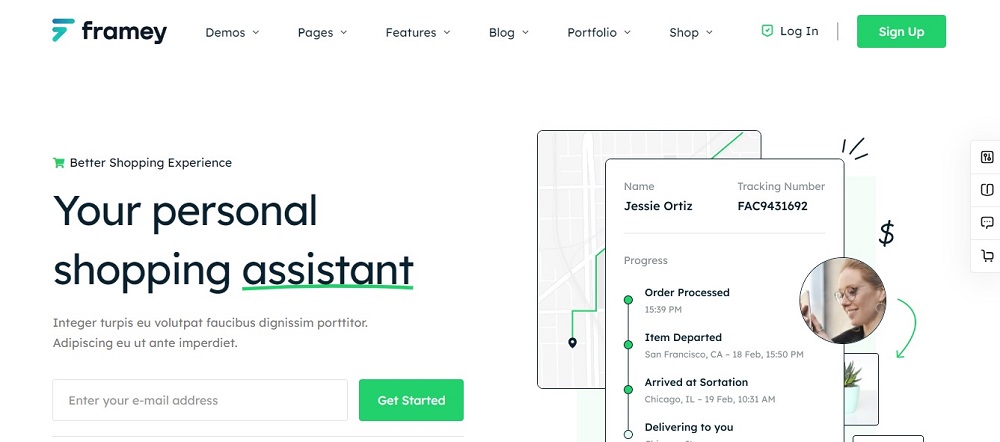Wants to know how to increase website loading speed in WordPress?
When it comes to optimizing website loading times, speed is important. In reality, if your WordPress site is slow and causes the audience to wait, you will have to deal with the bad consequences straight away. You may see an increase in bounce rate, bad search rankings, and decreased conversion.
Table of Contents
ToggleFortunately, there are too many answers to this problem. WordPress as a platform provides numerous choices for optimizing your site and making it quicker and more responsive, which improves user experience, increases website traffic, and aids in SEO.
When a user loads a page from your website, your server creates it for them. After the page is shown, the user\’s web browser begins downloading the page\’s styles, pictures, and scripts.
We\’ll go over ways to speed up the WordPress website.
Did you know that website performance has a direct influence on user experience, conversion rates, and even search engine rankings? Yes, exactly! A slow-loading website not only tries your visitors\’ patience but also has a negative impact on your company\’s profits. That is why it is crucial to speed up your website performance.
Optimize Images
With time, your website accumulates useless photos and media, which can increase the size of your website and hence impact its loading performance. This also applies to databases. If the database is not optimized, it keeps unneeded information, resulting in slow WordPress site speed.
So, check to see whether your website has any redundant photos or media assets. If so, please tidy them up. Also, before submitting your photographs, make sure they are optimized. Reduced media size, such as optimized images and databases, will also lower your website\’s performance.
Leverage Caching
WordPress caching plugins (such as W3 Total Cache) have long been available, simplifying the hard work of setting cache rules for your website\’s parts. Combining such plug-ins with advanced caching techniques such as Varnish can help you enhance your website\’s loading performance and, as a result, significantly speed up WordPress.
Choose a Fast Theme
There are several sparkling and gorgeous WordPress themes on the market. However, themes with a lot of dynamic content, widgets, sliders, sidebars, and so on may cause your hosting server to respond slowly.
Rather than choosing a feature-rich theme (which requires a lot of code to be loaded every time someone visits your site), take a minimalist approach and choose a theme that just provides the basic bones of what is required to work properly.
Minimize Plugins
Getting rid of unwanted plugins and themes might help speed up your WordPress site. Find out which plugins and themes you are no longer utilizing. If you aren\’t utilizing a certain plugin, it may be doing unneeded work in the background. It could be time to cut back.
To uninstall an unneeded plugin, first disable it. Then, browse to your inactive plugins list and delete the ones you no longer need. To remove undesirable themes, navigate to Appearance > Themes and delete those no longer in use.
Upgrade to a Better Hosting Provider
Your WordPress website\’s hosting is the single most important element influencing its speed. Hosting your new website with a shared hosting company that gives \”unlimited\” bandwidth, space, emails, domains, and other features may appear to be a smart idea. However, what we often overlook about this offer is that shared hosting settings struggle to produce excellent loading speeds during high-traffic hours, and most fail to achieve 99 percent uptime in any given month.
Shared hosting typically performs less since you share the same server space with numerous other websites, and you have no idea how many resources others are using. Furthermore, you don\’t know how effectively the servers are optimized.
Implement a Content Delivery Network (CDN)
A CDN causes quicker page load times because, once established, your website will use an optimized server that is nearest to your site visitor. The data center will store static material and files and then serve them to users based on location.
This can assist in minimizing external HTTP requests because the static material is already ready to send, rather than requesting a large amount of HTTP at once.
You can use
- Incapsula – Free CDN Provider
- Cloudflare
- CDN Enabler – WordPress Plugin
to set up your CDN. Though setting up a CDN might take a few hours, it is typically one of the easiest solutions to significantly increase page load speed.
Why Do You Need to Speed up WordPress Websites?
Speed is one of the most important factors that a website owner should be worried about. Reasons? There are several reasons to consider speeding up your WordPress website. Here are a few examples:
- Improve your SERP rank: Search engines are the most effective way to get people to your website. And if you want to be on the SERP top page, you must speed up your website. Because Google and other important search engines prioritize speed when ranking web sites.
- Reduce Bounce Rate: Getting visitors to your website is useless if people do not remain on it for an extended period of time and access your product or service. A sluggish site will almost certainly cause customers to leave your site.
- Improved user experience is essential for keeping your audience interested and increasing conversion rates. A website that loads quickly might provide a better user experience.
Now, you have a better notion of how vital it is to speed up your website.
Conclusion
Speed is a crucial consideration while running a website. It is essential for achieving higher search engine rankings. Even a second is crucial when it comes to loading your website. The faster your website loads, the more traffic you\’ll get.
Another significant benefit of slowing down the loading time is that it will greatly improve user experience regardless of the device your visitors are using (mobile phones, tablets, or computers).
So now you know how to increase website loading speed in WordPress, if you want your WordPress site to run perfectly, simply follow these steps. It will improve your website\’s speed, performance, and usability.
Contact Tectera a website developer to increase website loading speed in WordPress.






